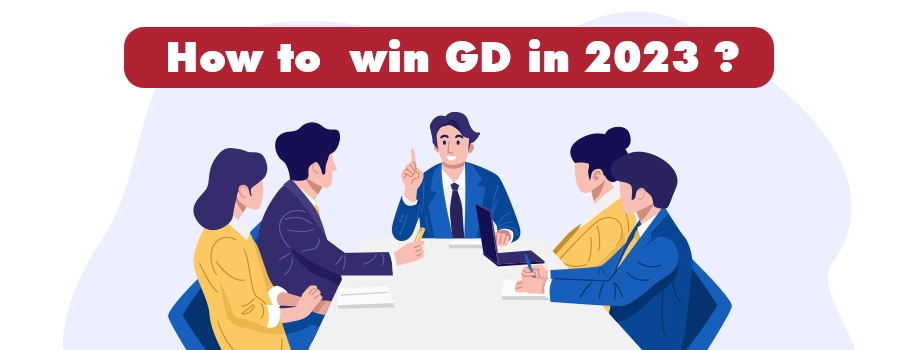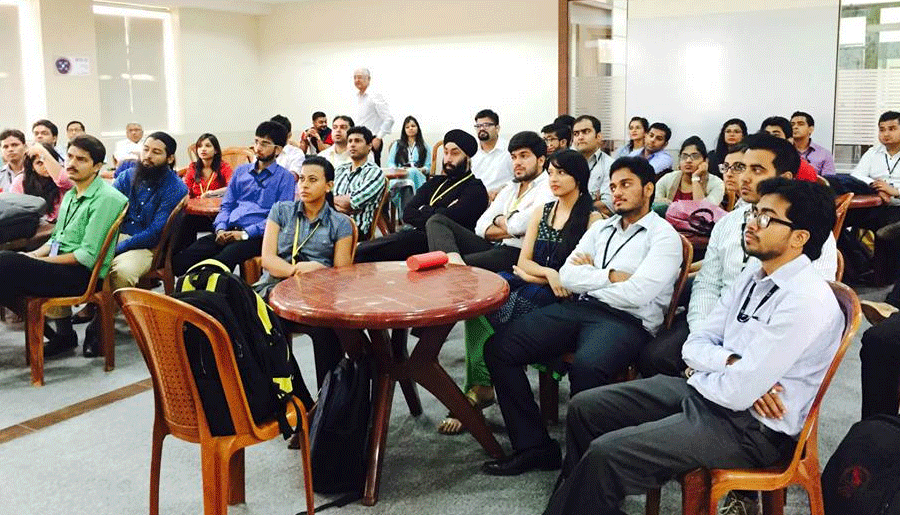Group Discussion
Group discussion (GD), by virtue of the term, means exchange of views by participants on a given subject. The whole idea is to bring together a set of people on a common platform to share their ideas, thereby giving an opportunity to exhibit not only their knowledge, but also to understand and enhance their learning by absorbing the thoughts of other people.
Advantages of Group Discussions
► Better understanding of the subject : GD offers a great opportunity to the discussants to take a deep dive into the subject, and understand it profoundly. It expands the horizon of knowledge and learning. In addition, it extends a chance to the participants to improve their abilities to think critically and develop their analytical skills.
► Solve problems : Since GD brings together a group of people holding diverse opinions, it also perceived as one of the sought after ways to arrive at solutions to problems. Because of the fact that people bring in a wide range of insights, GDs help in changing the thought process from a narrow to a wider view, thereby paving the way to solutions.
► Improve listening skills and confidence : Since GDs necessitate the contribution of ideas and thoughts, the participants are required to be listen keenly to others’ observations. In this sense, group discussions are a fantastic way to enhance listening skills, and also boost the confidence of speakers by engaging them and encouraging them to express their thoughts.
See A comprehensive Guide for GD Preparation:

How to Prepare for Group Discussion in (2023). Tips to Win G.D.
► Enhance communication and interpersonal skills : While one aspect of GDs is that it encourages people to share their knowledge, the other important aspect is that it gives an opportunity to people to build their communication skills. The participants, in the process, learn how to express their ideas while also respecting viewpoints of others. This in turn contributes to the development of interpersonal skills among the peer group.
► Team building exercise : GDs help in developing teamwork and leadership attributed in people, which are extremely important in the current context. Working in a group helps them increase tolerance and respect towards others, and also how to unanimously arrive at conclusions.
After learning various benefits which people may derive from participation in group discussions, it is important to highlight that this activity holds a special importance in academic and professional set ups. On one hand, GDs reflect the values of coexistence, motivation, tolerance and acceptance for others, on the other hand, they are a key tool for recruiters. During the selection process, they help the hiring team to identify if the job applicants possess the values which mirror the principles and the vision of the organisations. The organisations today not only stress on the knowledge pool of the candidates, but also give lot of importance to enthusiasm and adaptability in the workforce. This helps us explain why academic institutions, and especially management schools emphasise GDs.





